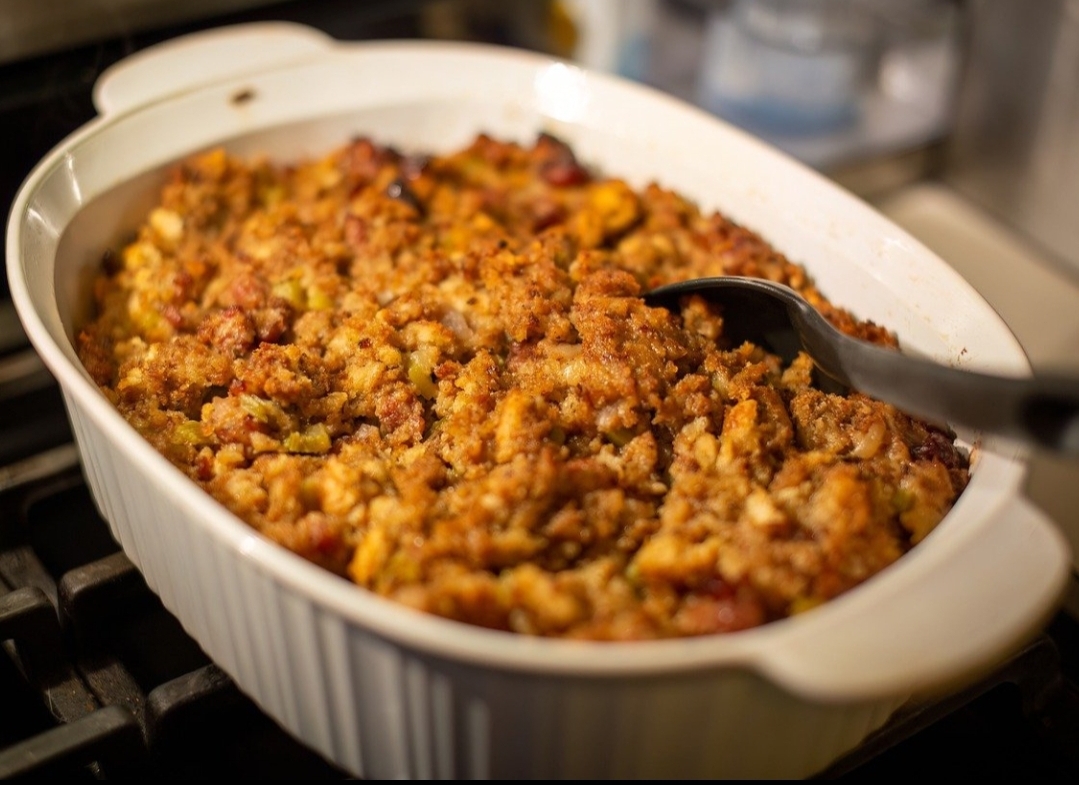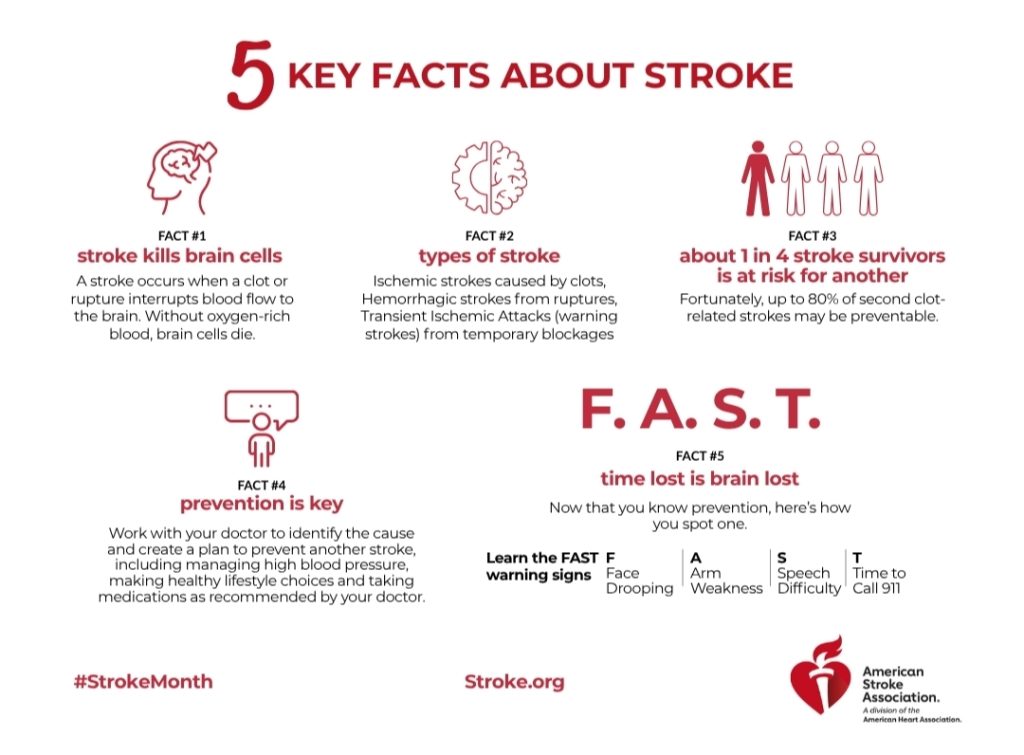Many years ago, I wrote for the Williamstown Advocate, a weekly newspaper, and one of my articles featured stuffing recipes as the holidays that often feature turkeys were approaching. The recipe from my Aunt Rita in England included chestnuts! “This stuffing is delicious, but Christmas, with all the extra work involved, is not the time to be peeling and skinning chestnuts, which is a beastly job in the best of times. As they are going to be mashed anyway, I really think a can of whole or pureed natural chestnuts, unsweetened, will do fine.” The ingredients include a cup of chestnuts, 1 ½ pounds of pork sausage, one pound cooking apples peeled, cored and finely chopped, a medium-sized onion finely chopped, and a beaten egg. Also salt and pepper as appropriate. I admit I have not made her recipe and this recipe was from back in the day when we always stuffed the turkey, but for now, if anyone is adventurous, try it!
What is the difference between “stuffing” and “dressing?” In the United States, the terms correspond to location. Those in the South and Midwest use the term “dressing” while Northerners refer to it as “stuffing.” However, the term “filling” appears in Pennsylvania. The Pilgrims made stuffing with ingredients including herbs, onions, or nuts. The word “dressing” was coined in the 1850s because some of the Victorian upper class decided that “stuffing” was a vulgar word.
Some people use the term “stuffing” when they actually stuff the bird and “dressing” for the dish prepared outside of the bird. But even with more modern (and possibly safer) cooking, the stuffing is not being stuffed at all. A variety of Boston cookbooks feature recipes for many types of stuffing including an oyster-based stuffing and some made of mashed potatoes and breadcrumbs. In the South it’s mandatory that stuffing includes cornbread.
Written records dating back to 1836 include stuffing as a regular side dish for turkey. At some point in the 1970s, when low-carb and Mediterranean menus became popular, the stuffing in the bird became less appealing. And then Stovetop Stuffing appeared allowing the cook to buy a box and either make it as a simple stuffing or add their own improvements (sautéed onions, some precooked meat, and garlic butter are just a few of the options).
However, stuffing (or dressing) is not limited to the holiday turkey. The New York Times article “Stuffing, Set Free From Turkey” asks why we only serve stuffing once a year; whatever stuffing one uses is often just a Thanksgiving Day dish. “This is plain wrong, because bread stuffing is one of the most forgiving, fragrant and inspiring dishes imaginable. When made from scratch and seasoned right, it is rich, moist and savory, shot through with different textures and flavors that give cooks plenty of room to play. That basic amalgamation of starch, fat and aromatics is indisputably delicious.”
The main ingredient in stuffing/dressing is bread. Most recipes recommend slightly stale bread (made by leaving the loaf or slices out in the open), but it can also be a large crusty loaf cut into squares and left out overnight because this allows the ingredient to absorb whatever juices are present without becoming soggy or slimy. Bread in chunks or made into breadcrumbs with a food processor often does well with the desired aromatics.
Whatever recipe you use or however you decide to make the desired stuffing/dressing with or without a turkey, the side dish is wonderful any day of the week (and can also include a nice gravy on top), so consider it more often. The internet is full of many delightful recipes. Bon appétit!
Her Nexx Chapter invites you to join our free Community where women from around the world are connecting with each other’s stories, exploring different experiences, and transforming ideas.
The Future of Connection for Women








0 Comments